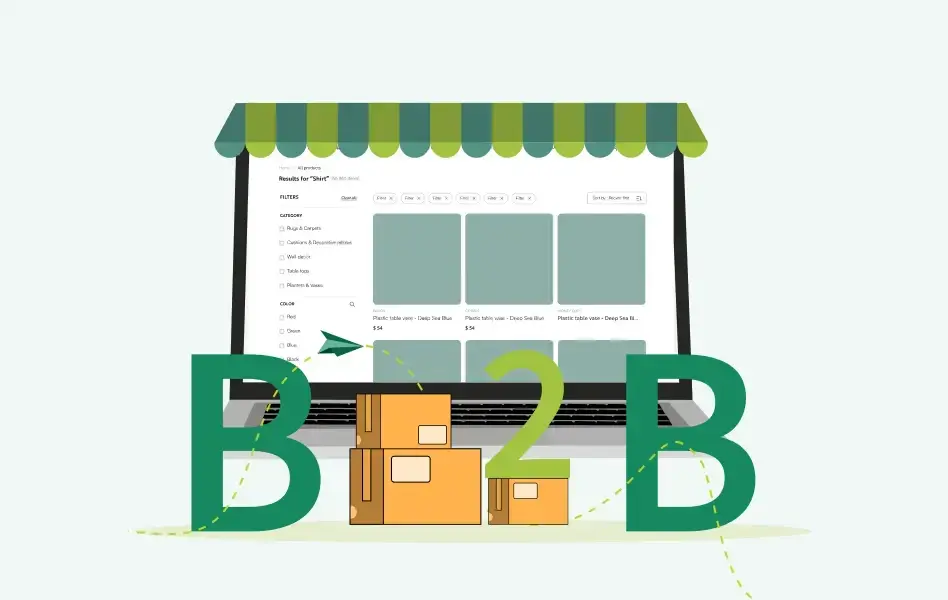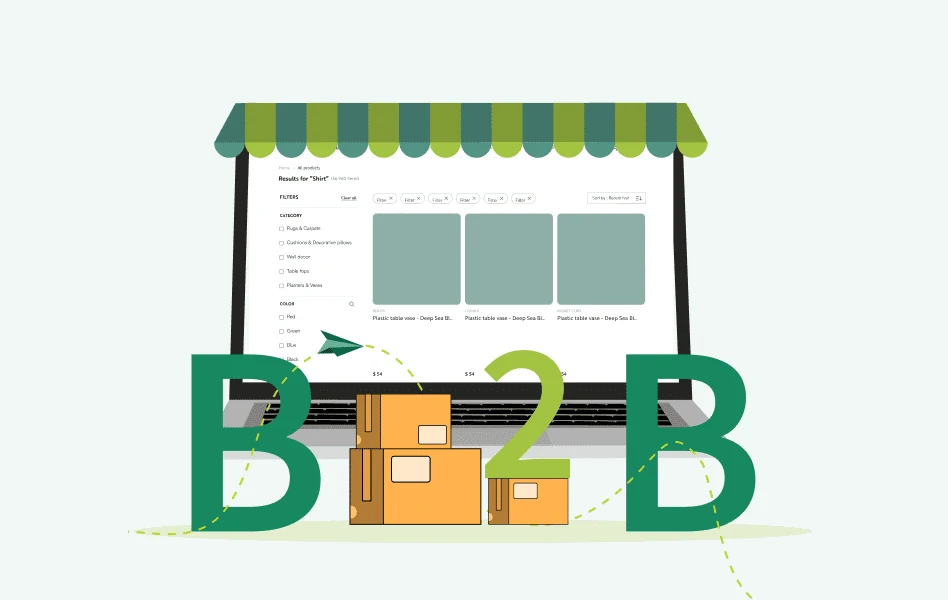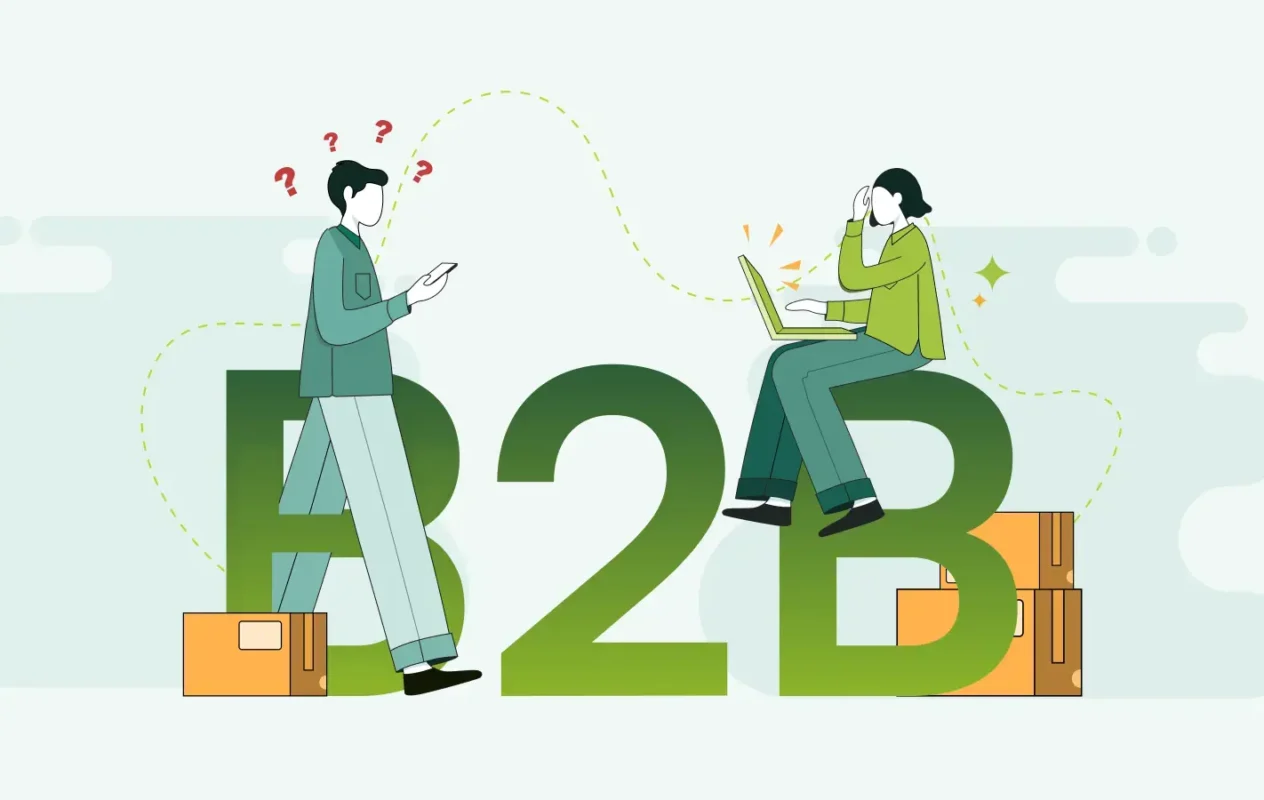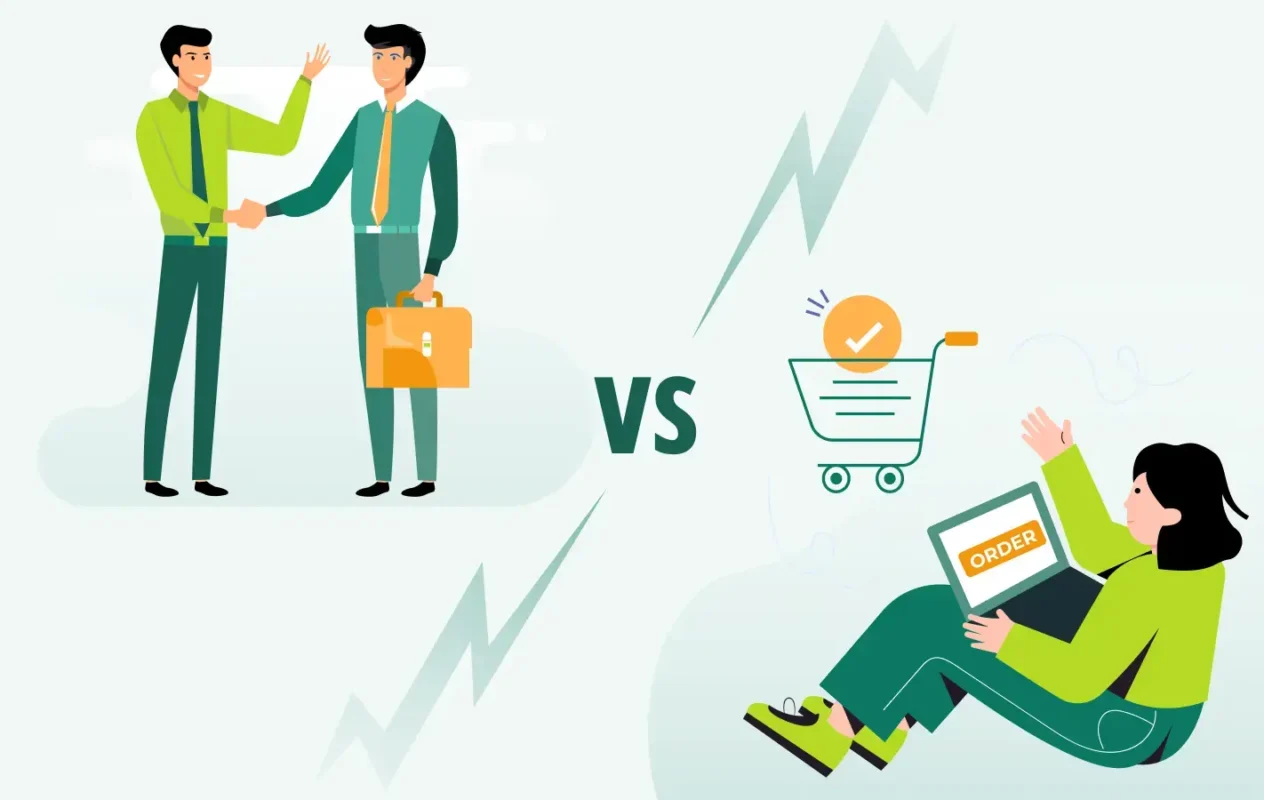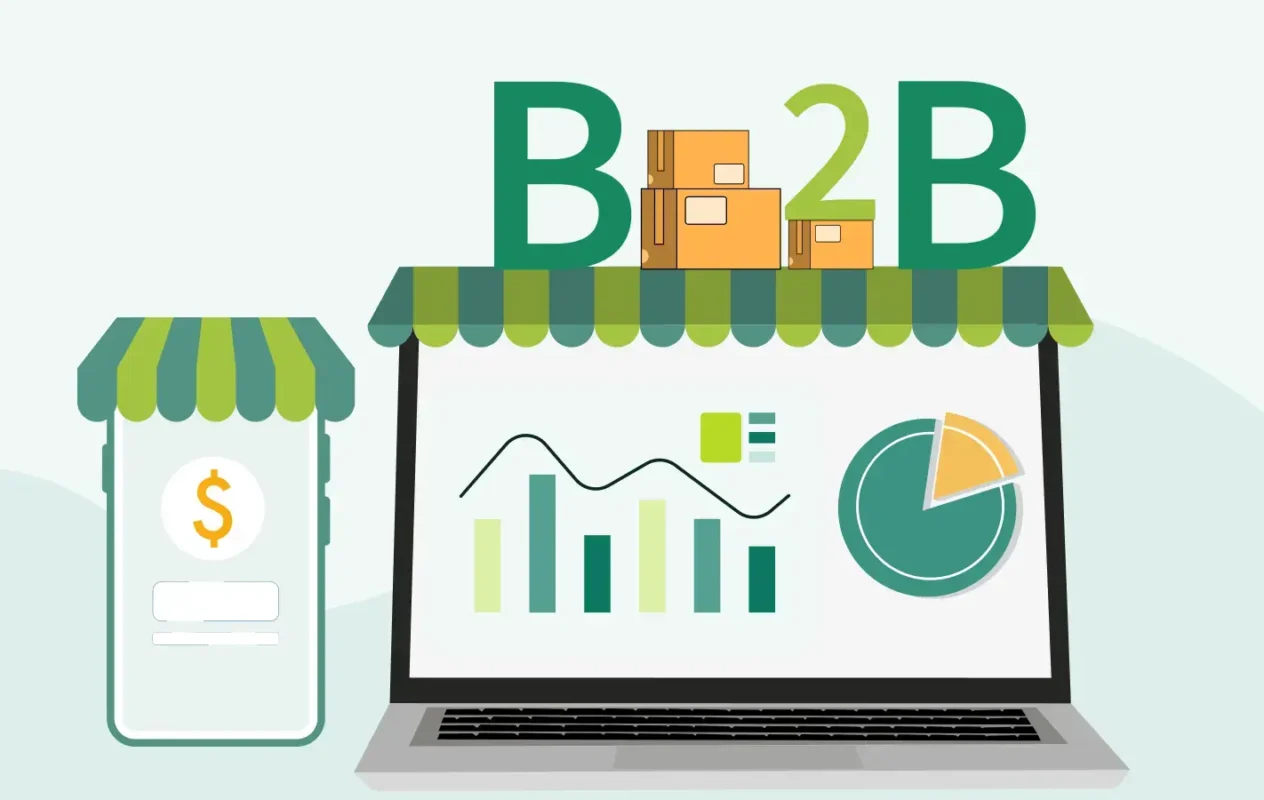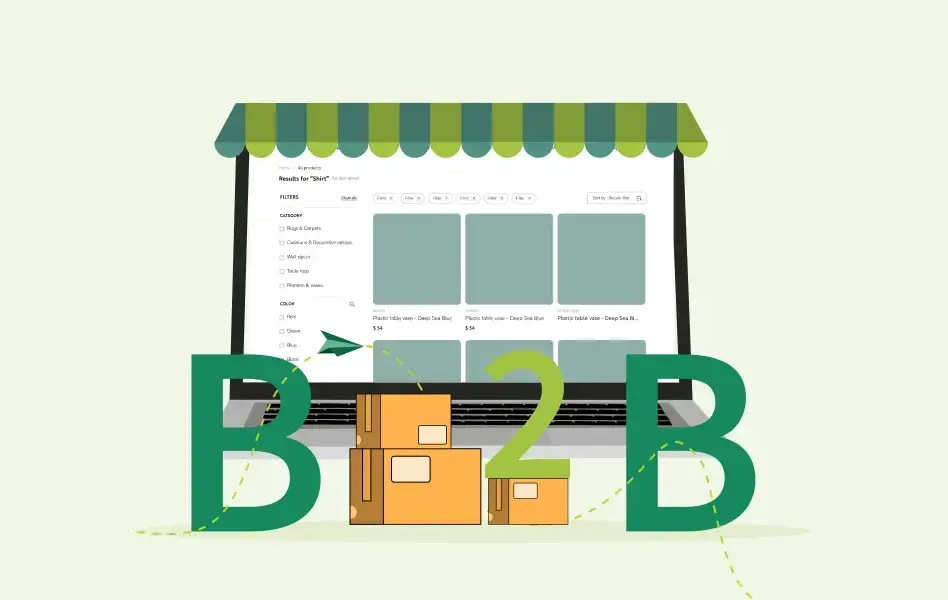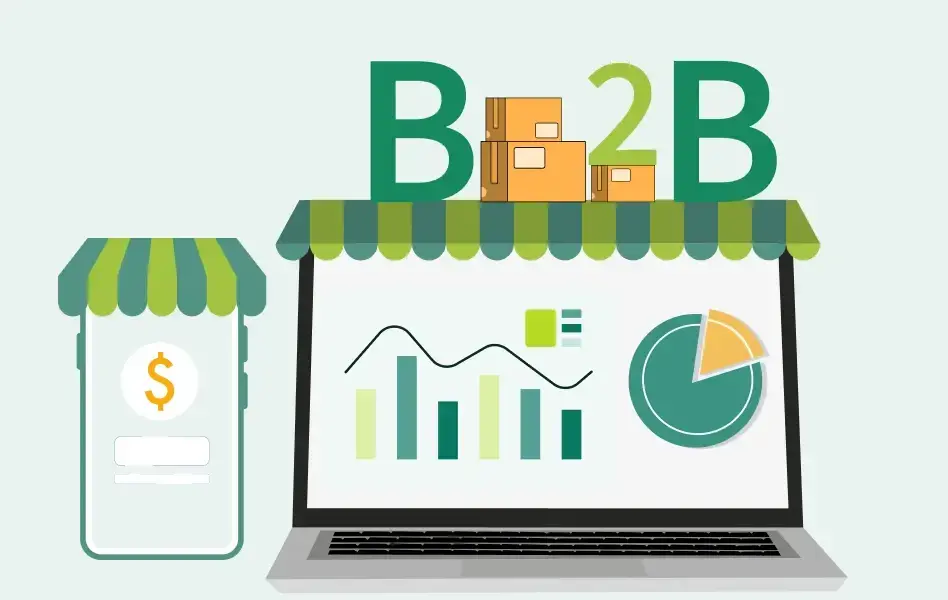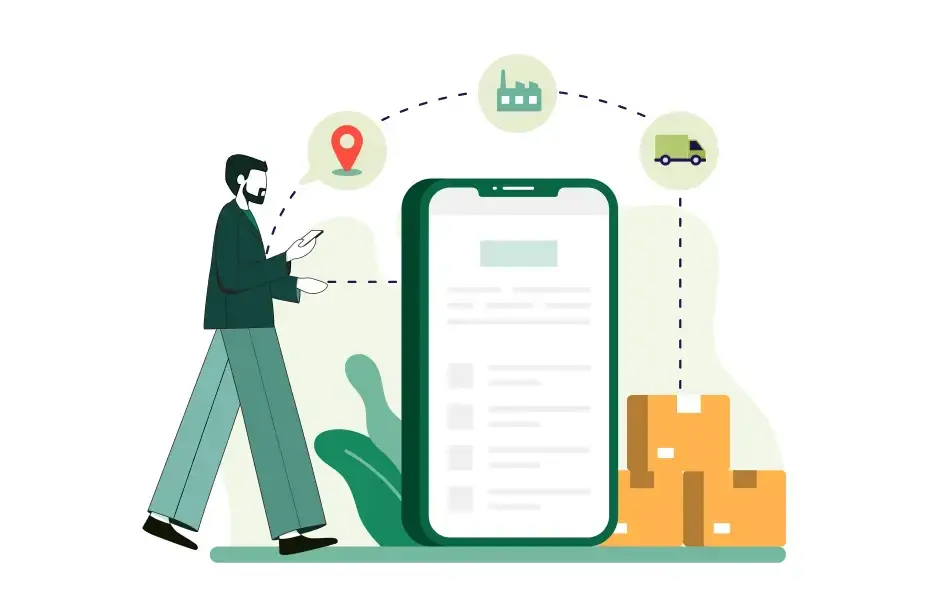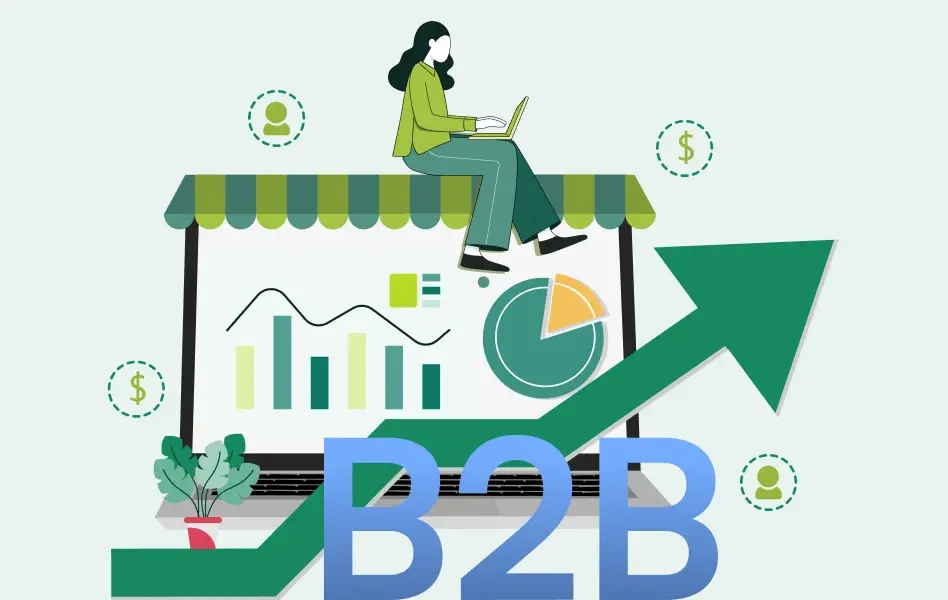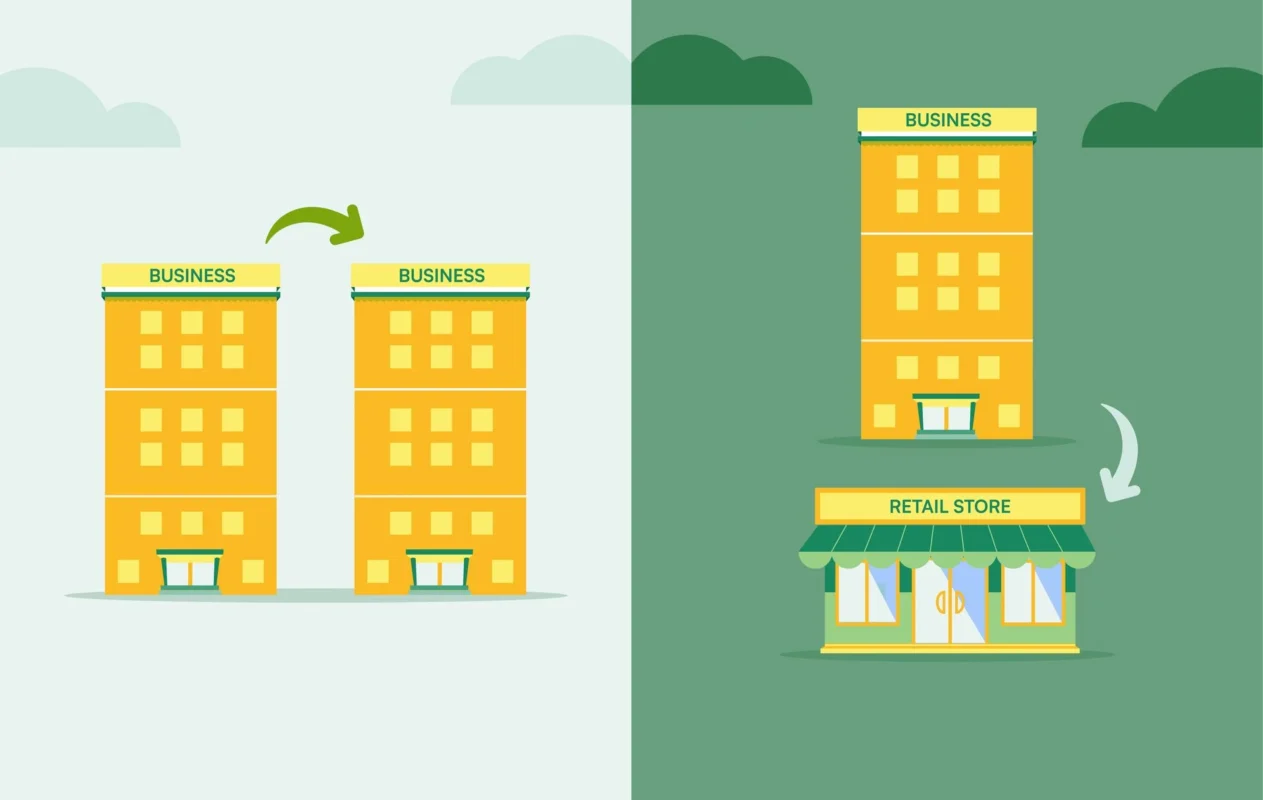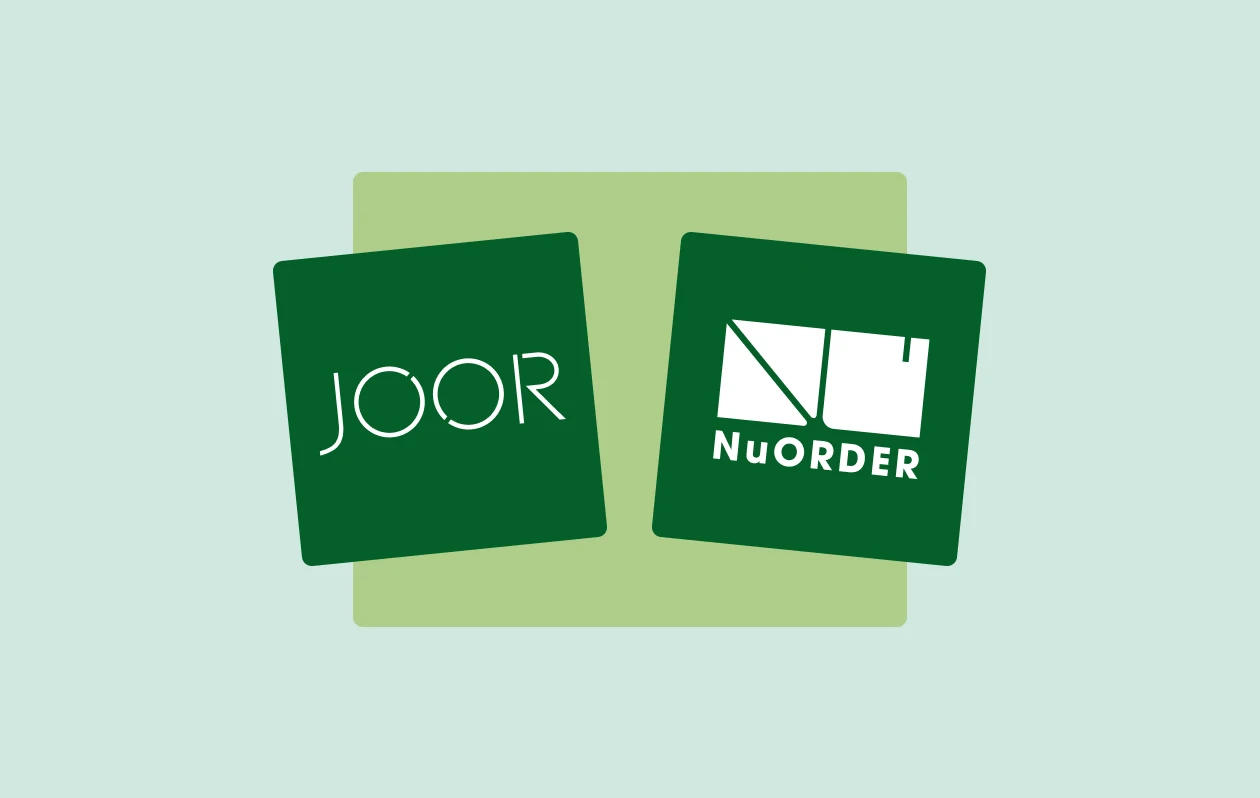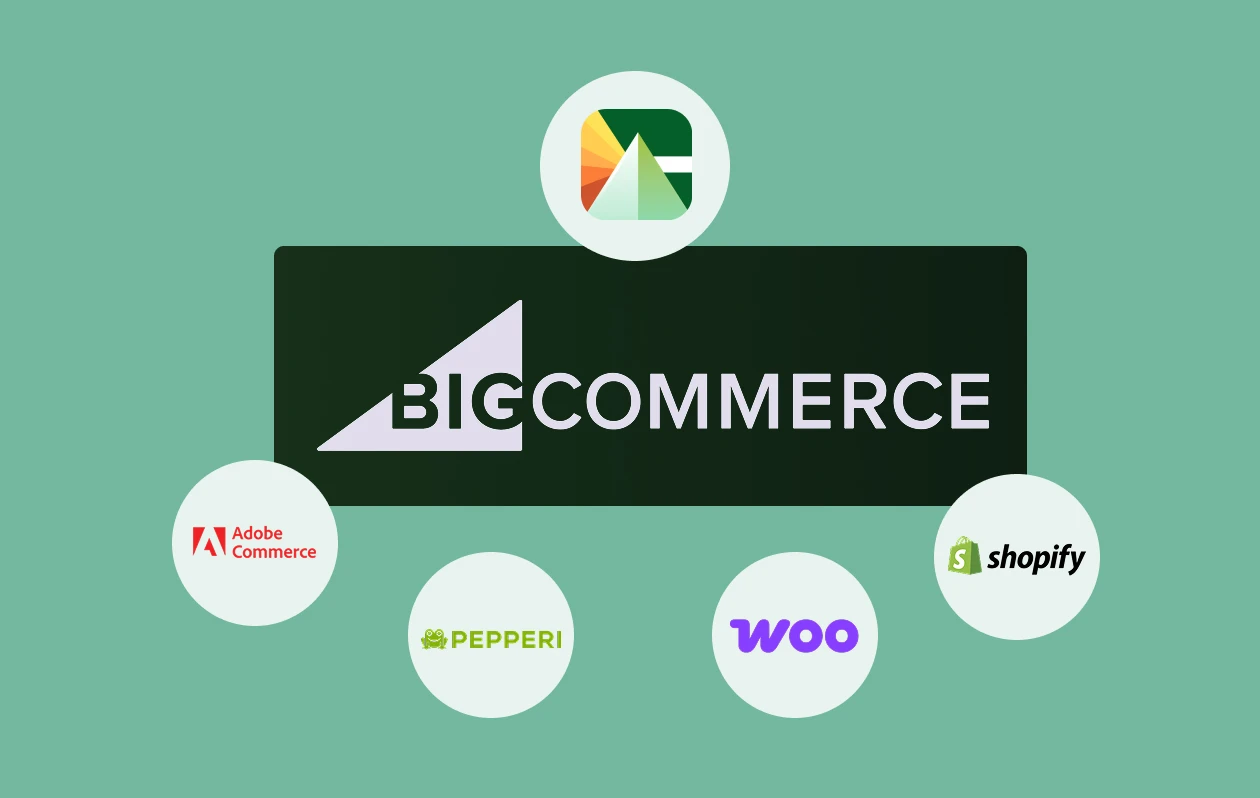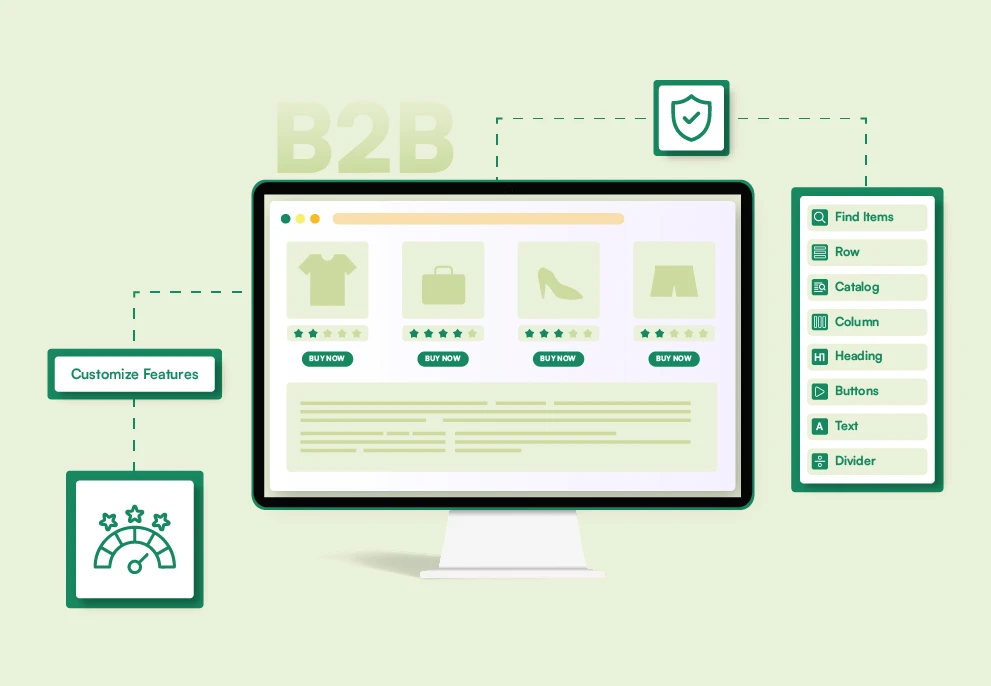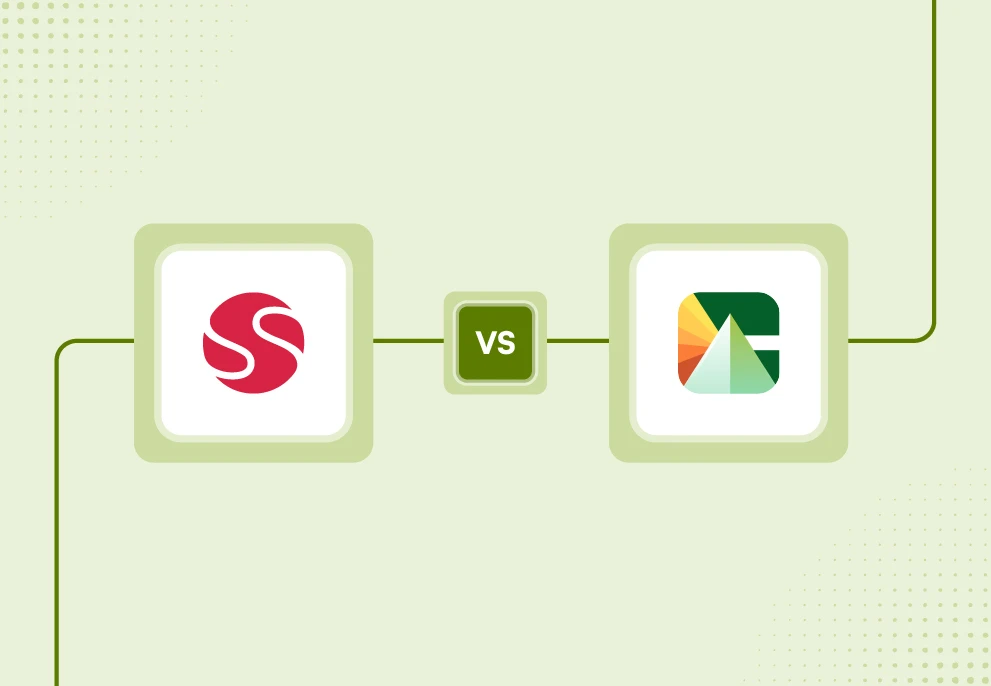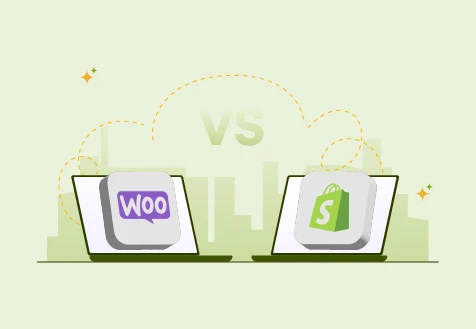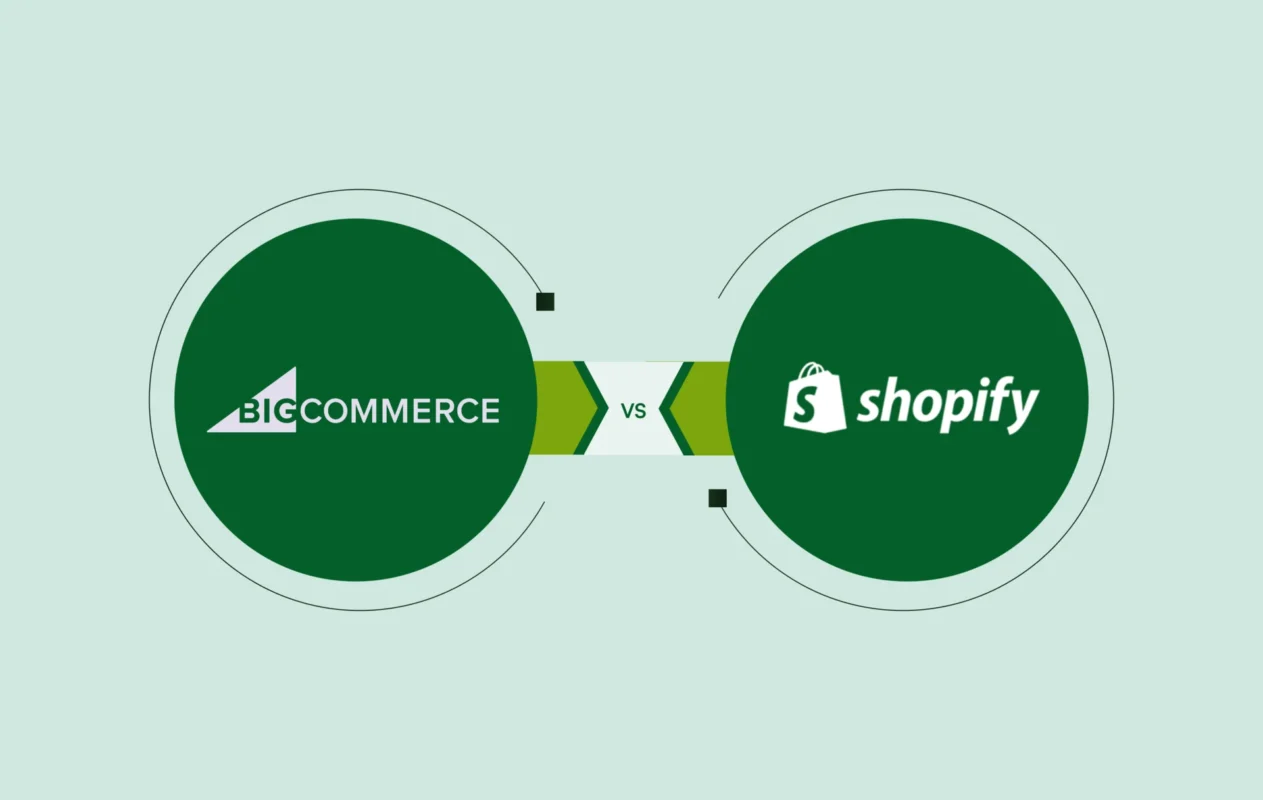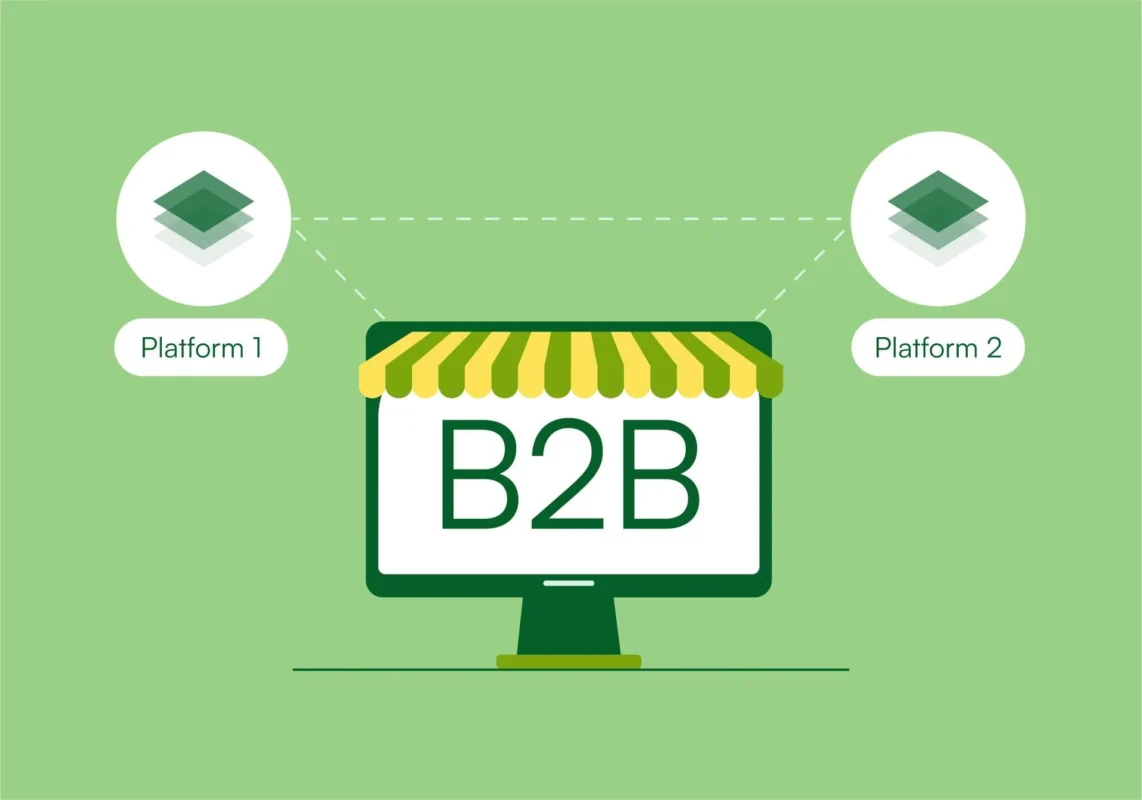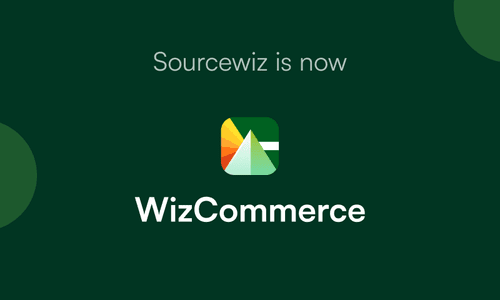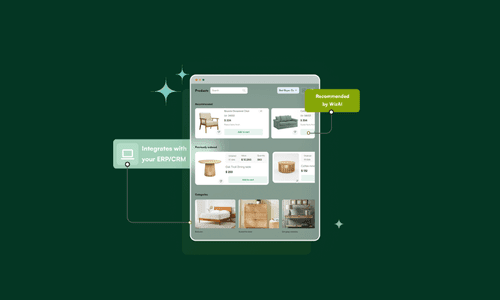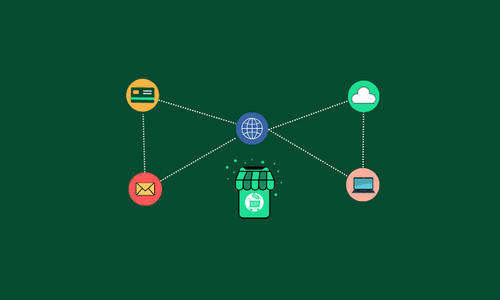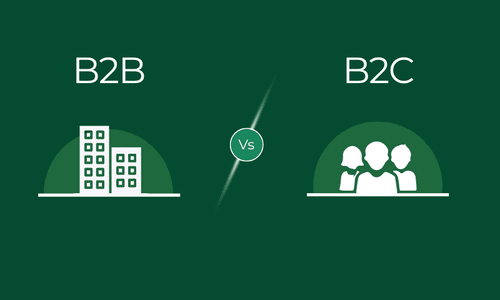Contents
Introduction
If you’re in the world of retail, you’ve probably heard the terms “multichannel” and “omnichannel” thrown around. While these terms may sound similar, they refer to two distinct approaches to selling products. In this blog post, we’ll dive into the differences between multichannel and omnichannel, and how they apply to the US market.
What is Multichannel Retail?
Multichannel retail refers to the practice of selling products through multiple channels, such as a physical store, a website, and a mobile app. Each channel operates independently, with its inventory and pricing. For example, a company might sell a product in-store and online, but the prices may differ between the two channels.
The idea behind multichannel retail is to offer customers more options for purchasing products, which can increase sales and customer satisfaction. However, it can also lead to confusion and inconsistency for customers, who may have trouble finding the same product at the same price across different channels.
What is Omnichannel Retail?
Omnichannel retail, on the other hand, is a more holistic approach to selling products. It involves integrating all sales channels so that they work together seamlessly. For example, a customer might browse products on a company’s website, add items to their cart, and then complete the purchase in-store. Inventory and pricing are consistent across all channels, and customers have a seamless experience regardless of how they choose to shop.
The idea behind omnichannel retail is to create a more unified customer experience, which can lead to increased loyalty and sales. It also allows companies to gather more data about customer behavior across different channels, which can inform marketing and sales strategies.
What is the difference between Multichannel and Omnichannel?
Multichannel and omnichannel are two different approaches to selling products and engaging with customers. The main differences between the two approaches are:
Integration:
Multichannel marketing involves selling products through multiple channels, such as a physical store, a website, and a mobile app. Each channel operates independently with its inventory and pricing. Omnichannel marketing, on the other hand, integrates all sales channels so that they work together seamlessly. This means that customers can have a consistent experience across all channels, and inventory and pricing are consistent as well.
Customer Experience:
In multichannel marketing, customers may have different experiences depending on which channel they use to purchase products. This can lead to confusion and inconsistency and may cause customers to abandon a purchase. In omnichannel marketing, the focus is on providing a seamless and consistent customer experience, regardless of which channel customers use to make a purchase.
Data Collection:
Omnichannel marketing enables businesses to collect more data about customer behavior across different channels, which can inform marketing and sales strategies. Multichannel marketing, on the other hand, may make it more difficult to collect this data because each channel operates independently.
Strategy:
Multichannel marketing typically involves managing each channel separately, with its own marketing and sales strategies. Omnichannel marketing, on the other hand, requires a more integrated strategy that focuses on creating a seamless and consistent customer experience across all channels.
How Do These Approaches Apply to the US Market?
Both multichannel and omnichannel approaches are used in the US market, but the trend is shifting towards omnichannel. According to a report by Salesforce, 87% of shoppers say that brands need to put more effort into providing a seamless omnichannel experience.
In the US market, customers expect to be able to shop through a variety of channels, including physical stores, online marketplaces, and social media platforms. By implementing an omnichannel approach, companies can provide a more convenient and personalized shopping experience that meets the needs of today’s customers.
Conclusion
The difference between multichannel and omnichannel comes down to how integrated and consistent the customer experience is across different channels. While multichannel can offer more options for customers, it can also lead to confusion and inconsistency. Omnichannel, on the other hand, creates a more unified customer experience that can lead to increased loyalty and sales. In the US market, the trend is shifting towards omnichannel, as customers demand a more seamless and personalized shopping experience.









